Category: Group Publication
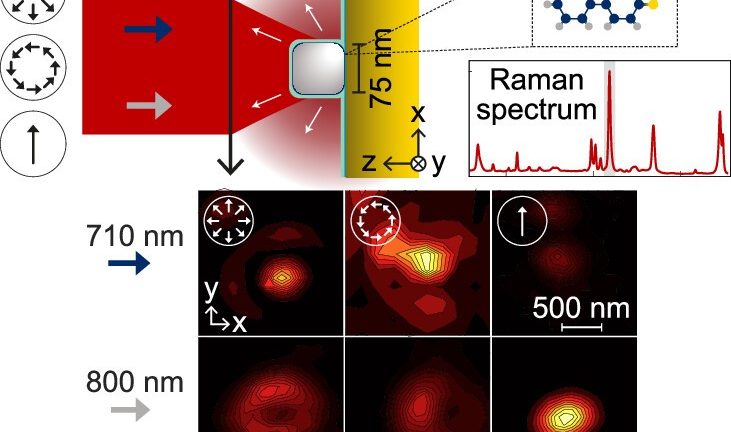
Mode-Specific Coupling of Nanoparticle-on-Mirror Cavities with Cylindrical Vector Beams
We demonstrate selective excitation of nanocavity modes controlled by the polarization and frequency of a laser beam. More precisely, we record confocal maps of Raman scattering excited by cylindrical vector beams, which are compared to the known excitation near-field patterns. Our measurements reveal the transverse vs. longitudinal polarization of the excited antenna mode and how (…)
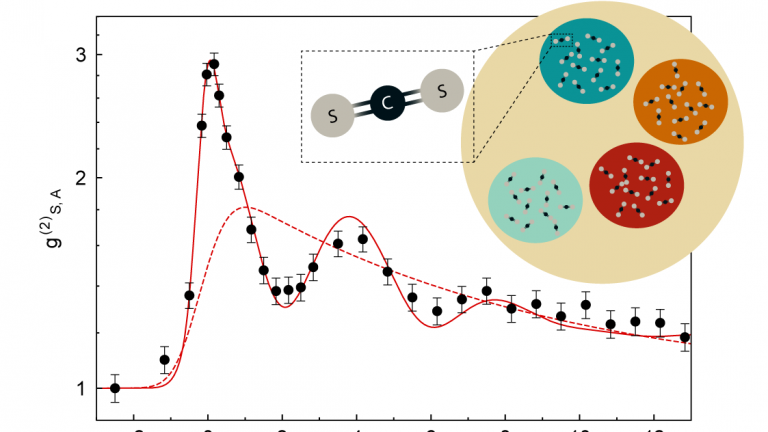
Measurement-induced collective vibrational quantum coherence under spontaneous Raman scattering in a liquid
Spontaneous Raman scattering is classically understood as an incoherent process. Here, we evidence that a macroscopic quantum coherence among billions of vibrating molecules is generated when detecting a single Stokes photon collected into a single-mode fiber. Our results show that at the quantum level spontaneous Raman scattering is an intrinsically collective effect, even in the (…)
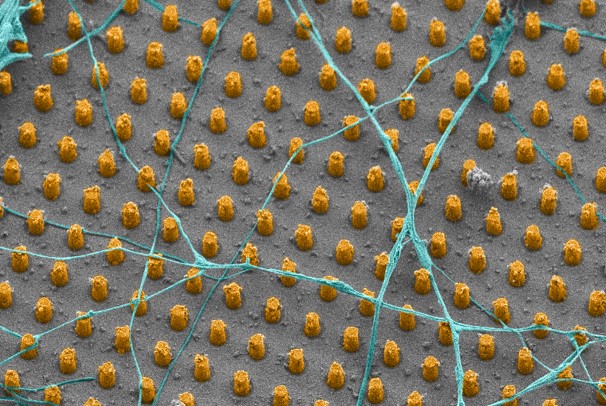
Toward a diamond sensing platform for measuring neuronal activity
Our group, in collaboration with the EPFL School of Engineering, Institute of Electrical and Micro Engineering and the EPFL School of Life Science, successfully demonstrates growth of a network of living and functional primary mouse hippocampal neurons on a nanostructured single crystal diamond surface. Our results suggest that neuron growth can be tailored on diamond (…)
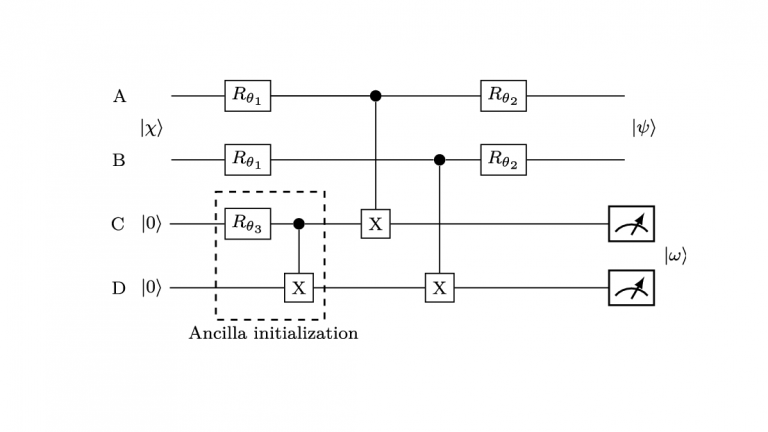
Measuring entanglement without destroying it on commercial quantum computers
In quantum mechanics, the act of measurement produces unavoidable perturbation (also called “back-action”) on the state of the measured system. This effect is, in many cases, not desirable, as back-action often limits the precision of repeated measurements. However, so-called Quantum Non-Demolition (QND) measurements ensure that the unavoidable and deleterious back-action is diverted onto other system (…)
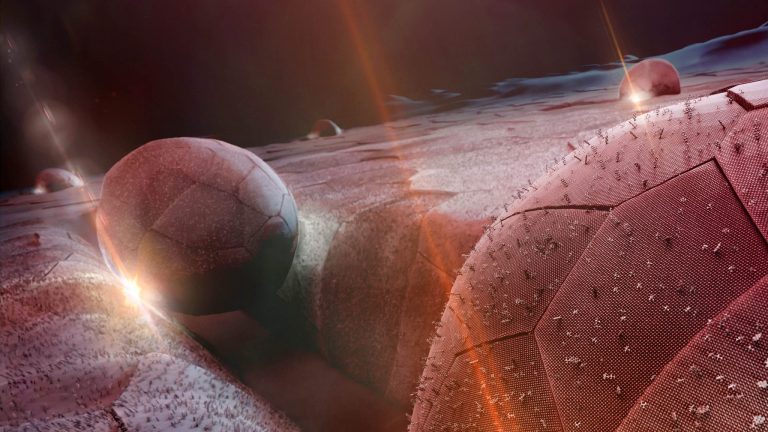
Molecular device turns infrared into visible light
Our group, in collaboration with Wuhan Institute of Technology, the Valencia Polytechnic University, and AMOLF in the Netherlands, has now developed a new way to detect infrared light by changing its frequency to that of visible light. The device can extend the “sight” of commonly available and highly sensitive detectors for visible light far into (…)
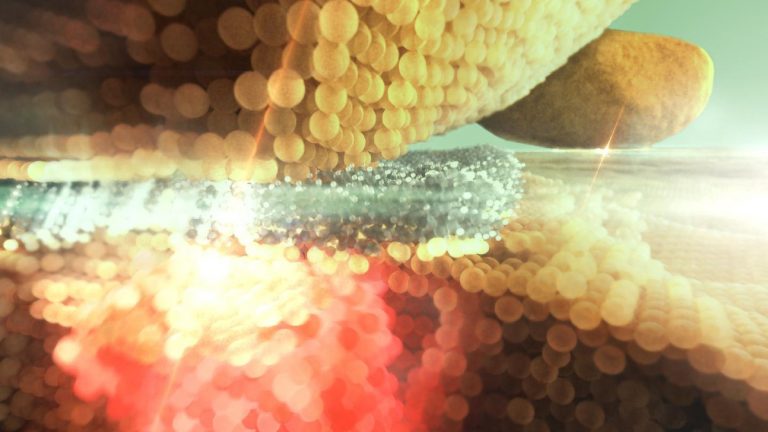
Green light on gold atoms
Our group discovered that laser-driven rearrangement of just a few gold atoms inside nanoscale antennas can be observed by the naked eye. Because individual atoms or molecules are 100 to 1000 times smaller than the wavelength of visible light, it is notoriously difficult to collect information about their dynamics, especially when they are embedded within (…)
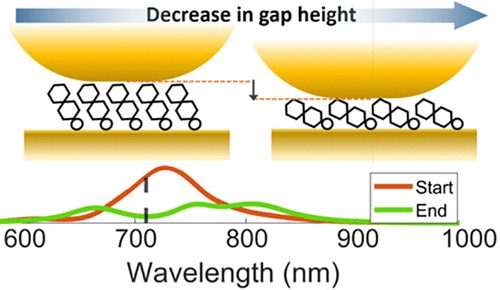
Molecular Adlayer and the Stability of Nanoparticle-on-Mirror Plasmonic Cavities
Immense field enhancement and nanoscale confinement of light are possible within nanoparticle-on-mirror (NPoM) plasmonic resonators, which enable novel optically activated physical and chemical phenomena and render these nanocavities greatly sensitive to minute structural changes, down to the atomic scale. Although a few of these structural parameters, primarily linked to the nanoparticle and the mirror morphology, (…)
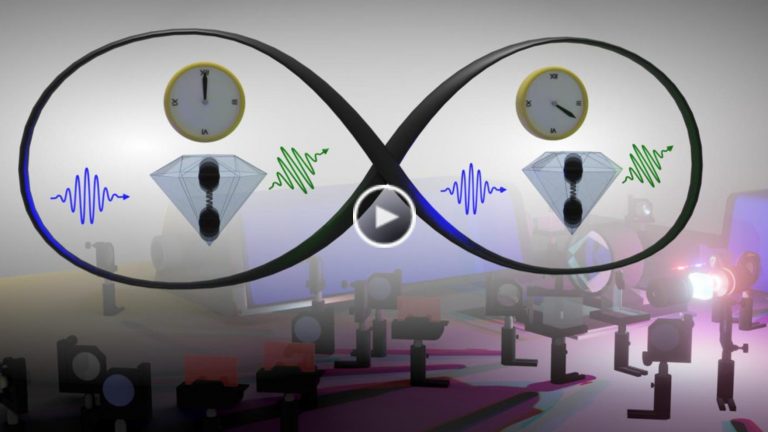
When light and atoms share a common vibe
Our group with collaboration with MIT and CEA Saclay demonstrate a state of vibration that exists simultaneously at two different times. They evidence this quantum superposition by measuring the strongest class of quantum correlations between light beams that interact with the vibration. An especially counter-intuitive feature of quantum mechanics is that a single event can (…)
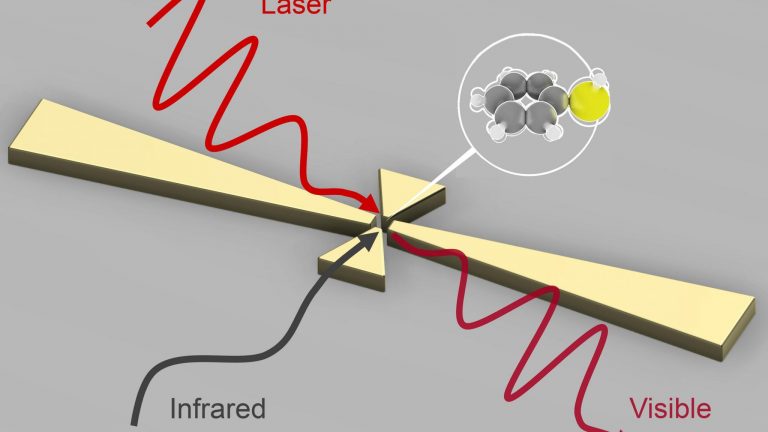
Lighting the way to infrared detection
Philippe Roelli proposes a new path to detect infrared radiation with outstanding sensitivity, allowing detection of signals as low as that of a single quantum of light. The related publication can be found in Physical Review X. When using our webcam or cell phone camera, we experience the tremendous capabilities of cheap and compact sensors (…)
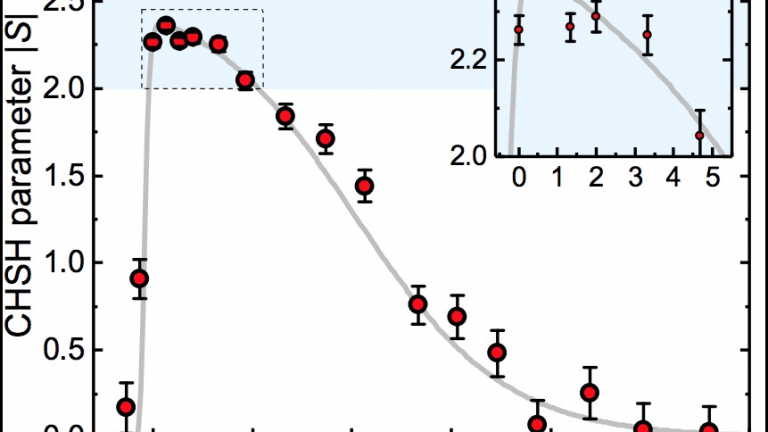
Time-resolved Bell Correlation Spectroscopy of Molecular Vibrations
Our group has performed the first measurement of Bell correlations between light and a collective molecular vibration in a diamond crystal. Our results are now accessible on the arXiv.